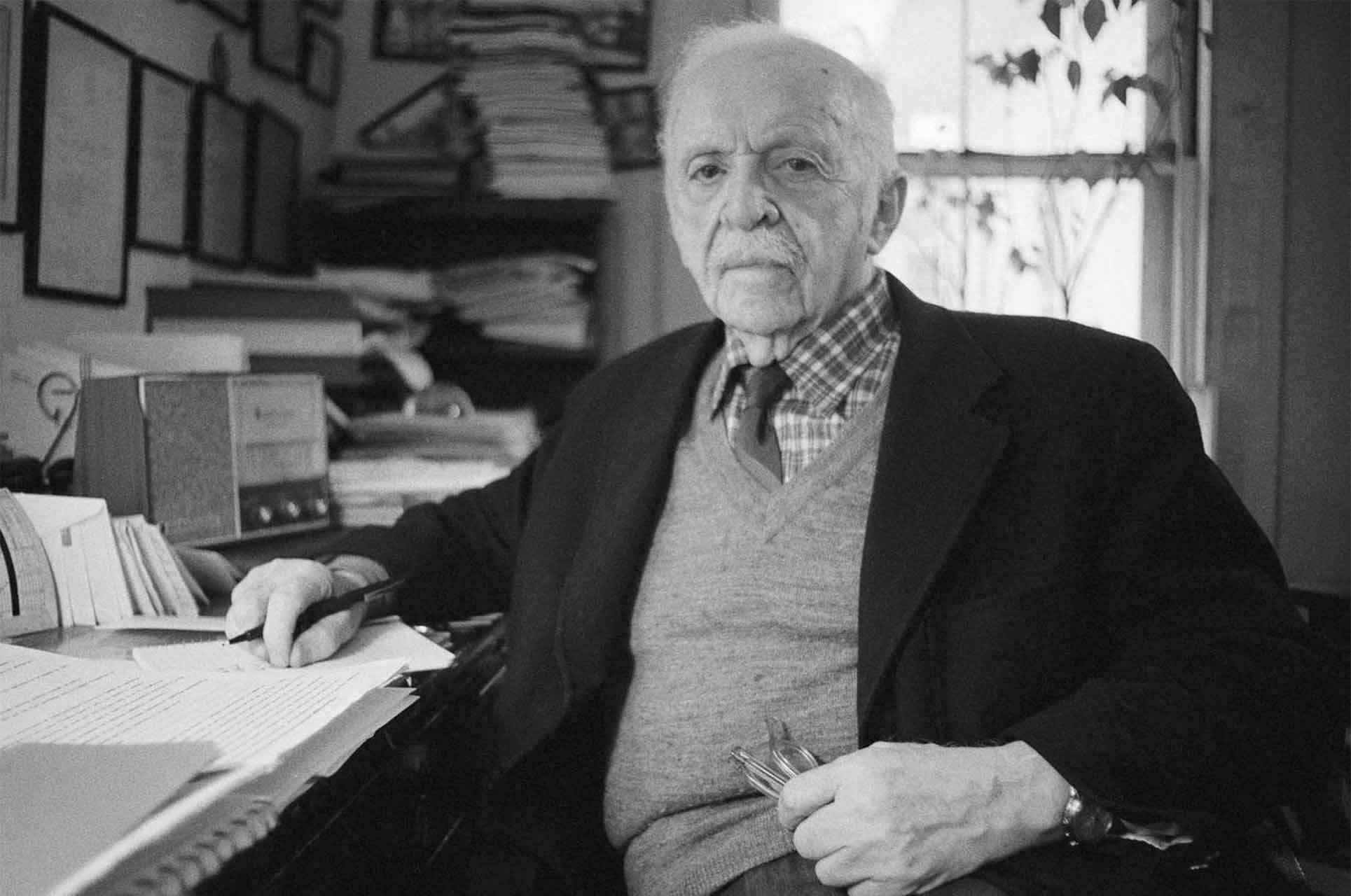Perhaps you’ve never heard of his name, but Bernays’ influence has left a significant imprint on many aspects of our lives. In particular, his groundbreaking work in marketing and propaganda played a key role in shaping modern consumer culture.
His marketing strategies and manipulation techniques are encountered not only when purchasing products but also in every field, from politics to media. Inspired by his uncle Freud’s ideas, Bernays discovered how to manipulate people’s unconscious desires and applied this knowledge to increase product sales. Although he is not as well-known as his uncle Sigmund Freud, Edward Bernays is one of the most influential figures in marketing and propaganda.
Bernays was the first person to show how people could be persuaded by linking mass-produced goods to their unconscious desires, making them crave things they didn’t actually need. In doing so, their selfish urges were satisfied and at the same time, they became obedient consumers. The key difference between Bernays and his uncle Freud was that rather than analyzing individuals, Bernays approached them as groups. He proposed a trade to Freud – offering notes on “An Introduction to Psychoanalysis” in exchange for cigars. Freud accepted, marking the start of Bernays’ journey into mass manipulation. By studying his uncle’s notes, he became fascinated by the irrational yet powerful hissed forces within people. He began to question whether it was possible to profit from manipulating the unconscious desires and conducted experiments on the minds of the popular classes.
As America gradually transformed into an industrial society with millions of people, Bernays’ main focus was to explore various ways to alter and guide how these new consumers thought and felt. At that time, smoking among women was a taboo, which negatively impacted cigarette companies as it represented a major loss in market potential. To change this, Bernays designed one of his most striking experiments. He helped George Hill break this taboo. First, he investigated what smoking symbolized for women and found that the only way to encourage them to smoke was by associating cigarettes to the idea of challenging male dominance.
Planning to create a sensation at the annual Easter parade in New York, which attracted thousands of people, Bernays convinced high society to hide cigarettes in their outfits and join the event. At his cue, they would dramatically light their cigarettes, and the press would capture the moment on camera. A group of women advocating for the right to choose staged a protest by lighting what they called “torches of freedom,” leading to an unprecedented surge in cigarette sales. Everyone who supported the principle of equality, just like those women who boldly defended their rights, started buying and smoking cigarettes.
Following this event, he solidified the connection between people’s desires, emotions and products. He discovered that persuading people to act irrationally was indeed possible. The notion that smoking made women appear more independent was irrational, yet women still felt more independent. This demonstrated how powerful a product could become when it was emotionally or personally linked to consumers.
The American corporations that emerged powerful after the war were astonished by Bernays’ success. Mass production technology advanced during the wartime, and factories produced abundant goods. Business owners worried that once people had enough products, they would stop wanting more. They believed it was time to shift America from a culture of necessity to a culture of desire. People had to be trained to continuously crave new products – even before their old ones broke, ran out, or became outdated. Desires had to overshadow needs, and if necessary, people should be encouraged to take on credit. Previously, only the wealthy bought new products without needing them, but Bernays discovered new ways to make this a universal habit. For the first time, product placement was introduced in films. At movie premieres, he dressed celebrities in jewelry, clothing and brands he represented, turning them into advertisements. The message celebrities conveyed was clear: “You don’t just buy things out of necessity. You buy them to define how you see yourself and to show that image to others.”
The importance of American citizens was now evaluated not just in terms of citizenship but also through their contributions as consumers.
Written by Melisa Pamuk


